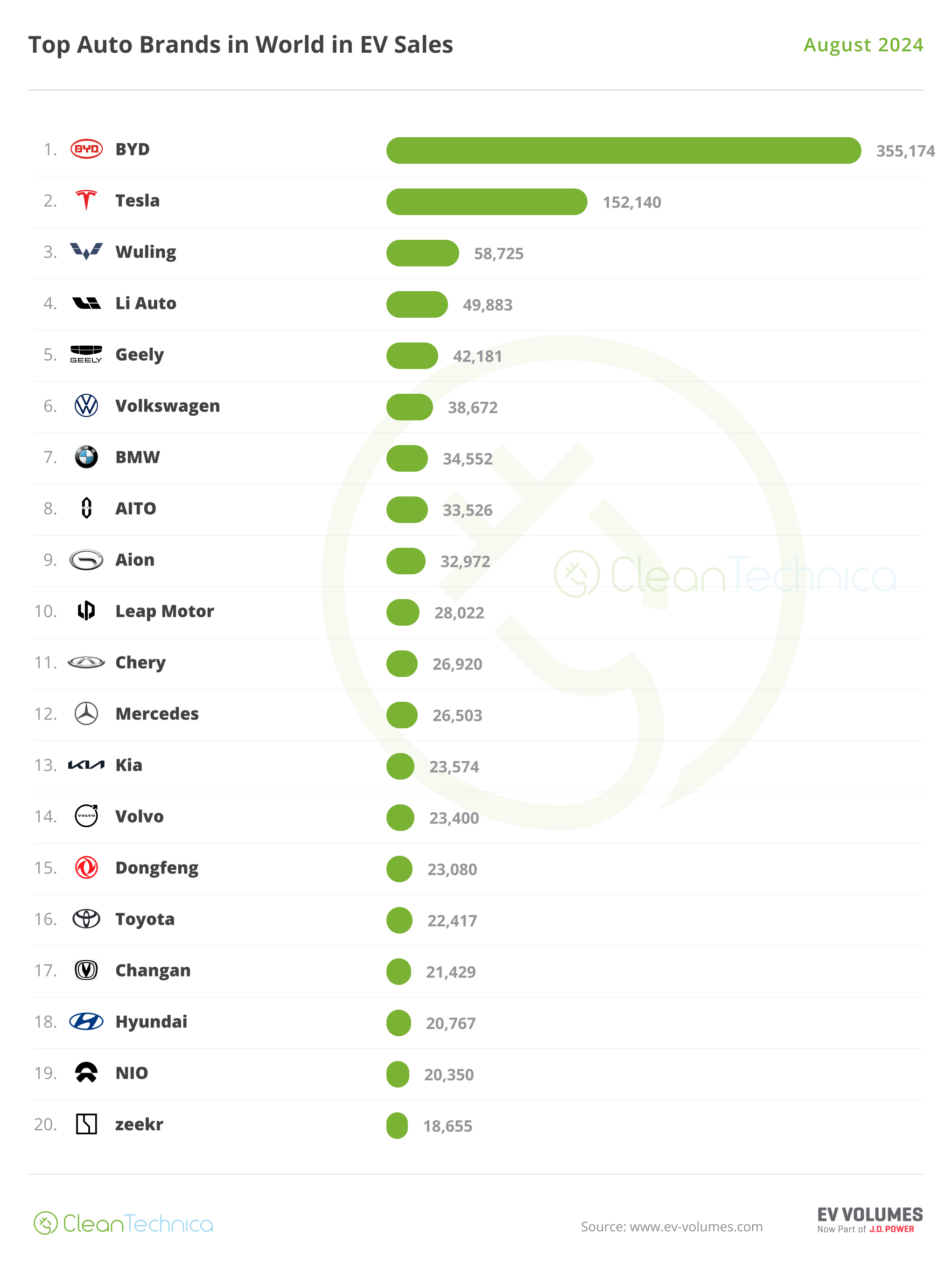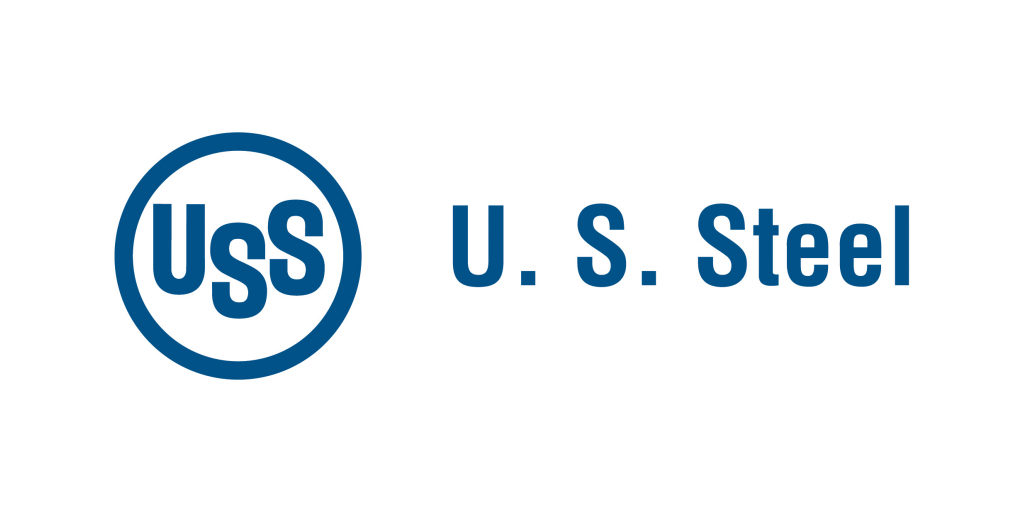Sign up for daily news updates from CleanTechnica on email. Or follow us on Google News!
If you’re not familiar with the UAE, it loves superlatives. More than anyone. The most. With the greatest enthusiasm. With the highest aims. It almost seems like everything new has to the tallest, biggest, fastest, or some other superlative. With that in mind, Dubai is aiming to create the “world’s greenest highway.” What does that mean exactly?
We’re not talking about 100% electric vehicles and Ev chargers every mile or something like that. No, this is about greenery and multimodal transport. “Architecture studio Urb is planning to convert a 64-kilometre-long arterial road in Dubai into the ‘world’s greenest highway’, designed as the emirate’s answer to New York City’s High Line,” dezeen writes. “The road will be planted with over a million trees and tackle car hegemony by providing locals and tourists with pedestrianised walkways and a solar-powered tram system.” The solar farm is supposed to be quite big, powering not only the new tram system but also 130,000 Dubai homes. Aside from a million trees, the greenery will include native plants and, of course, pretty flowers.
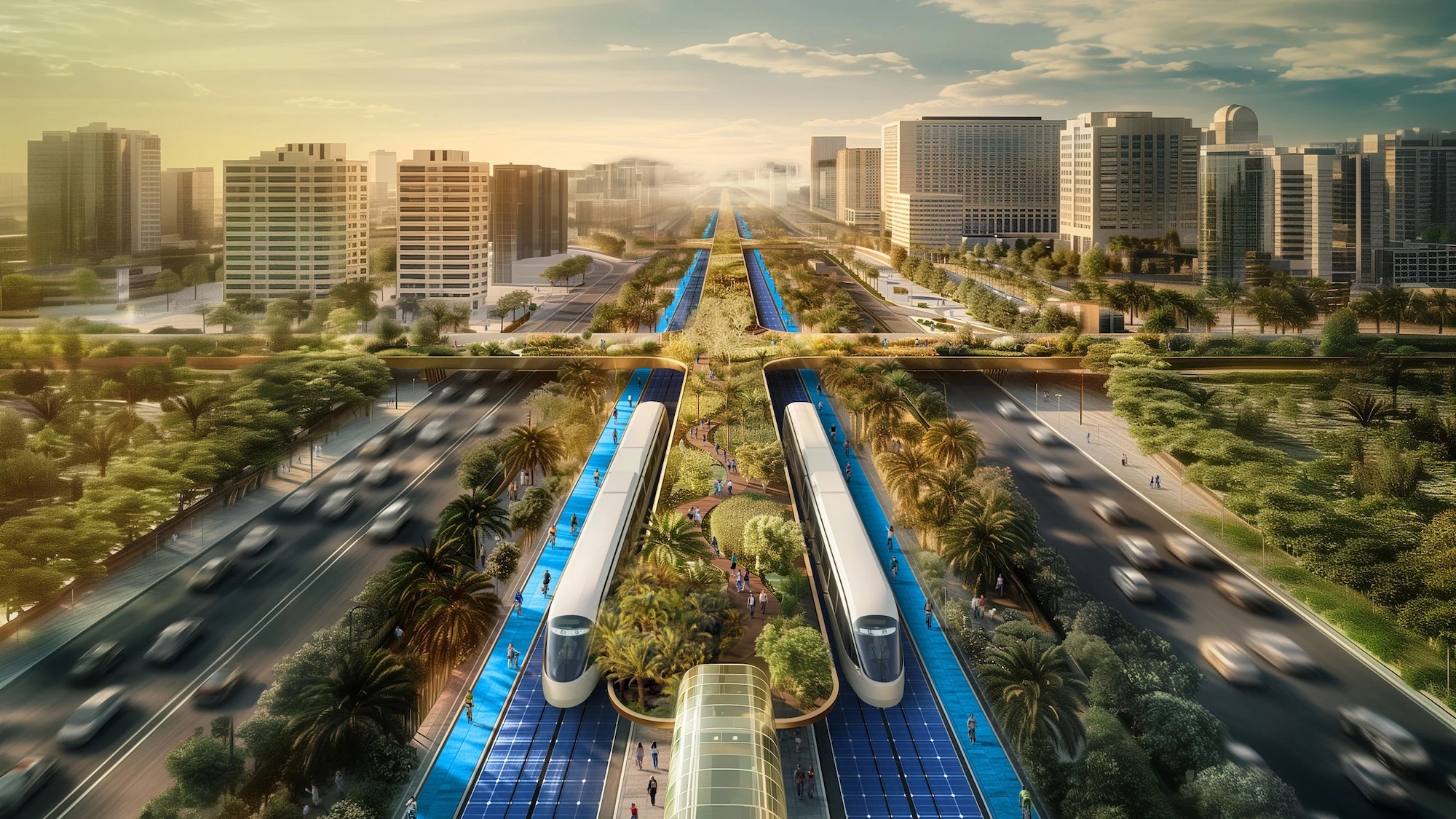
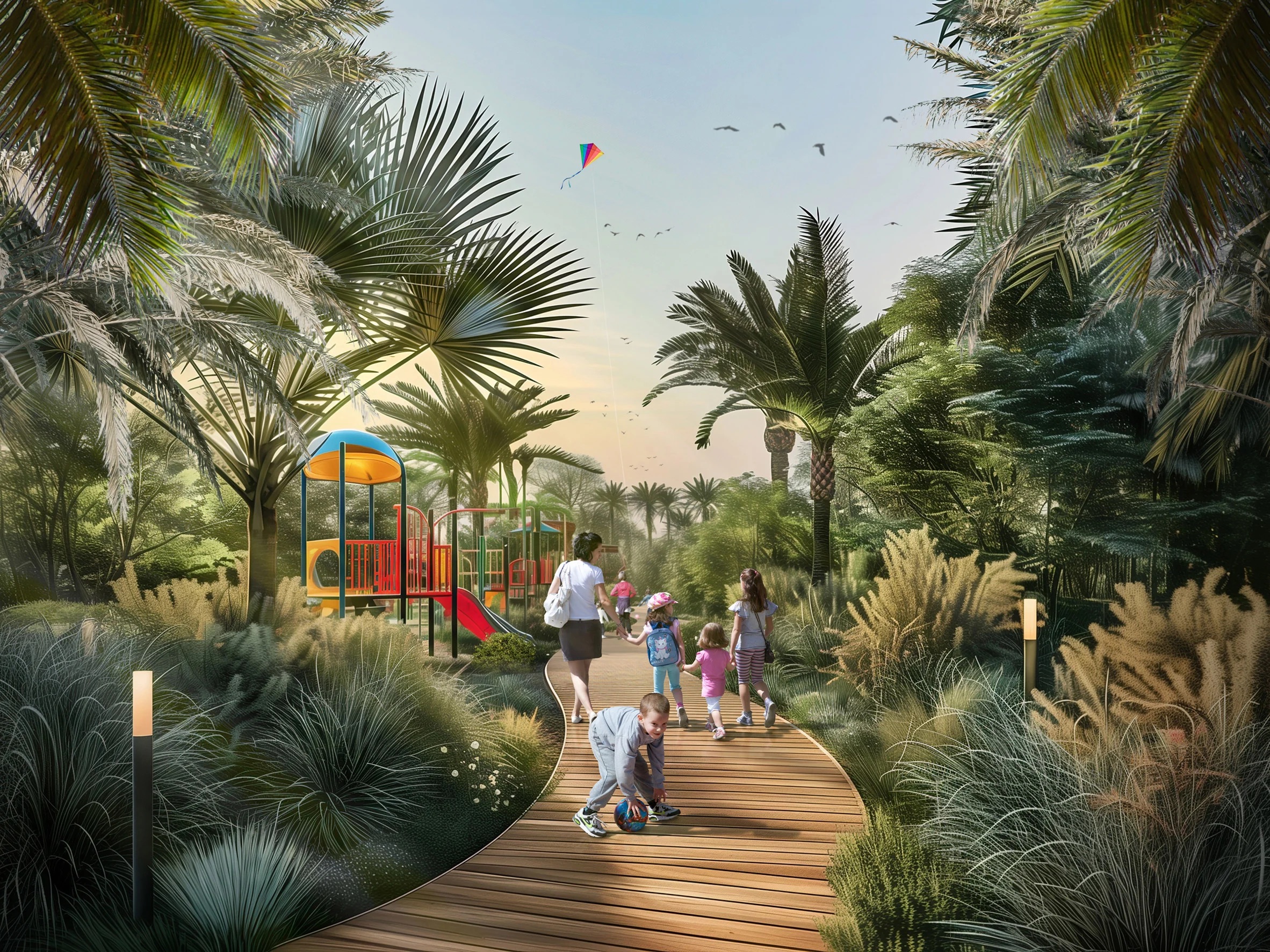
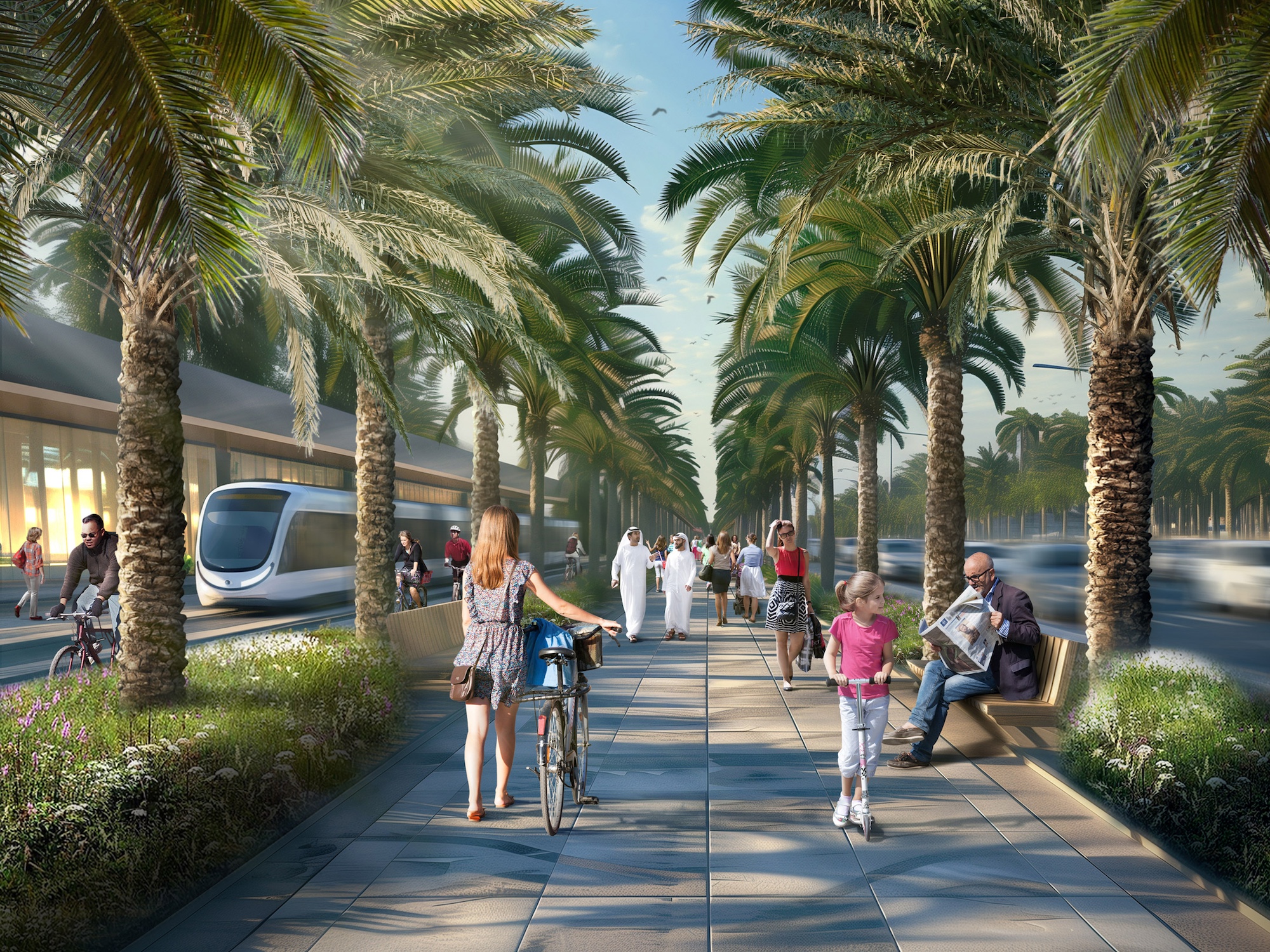
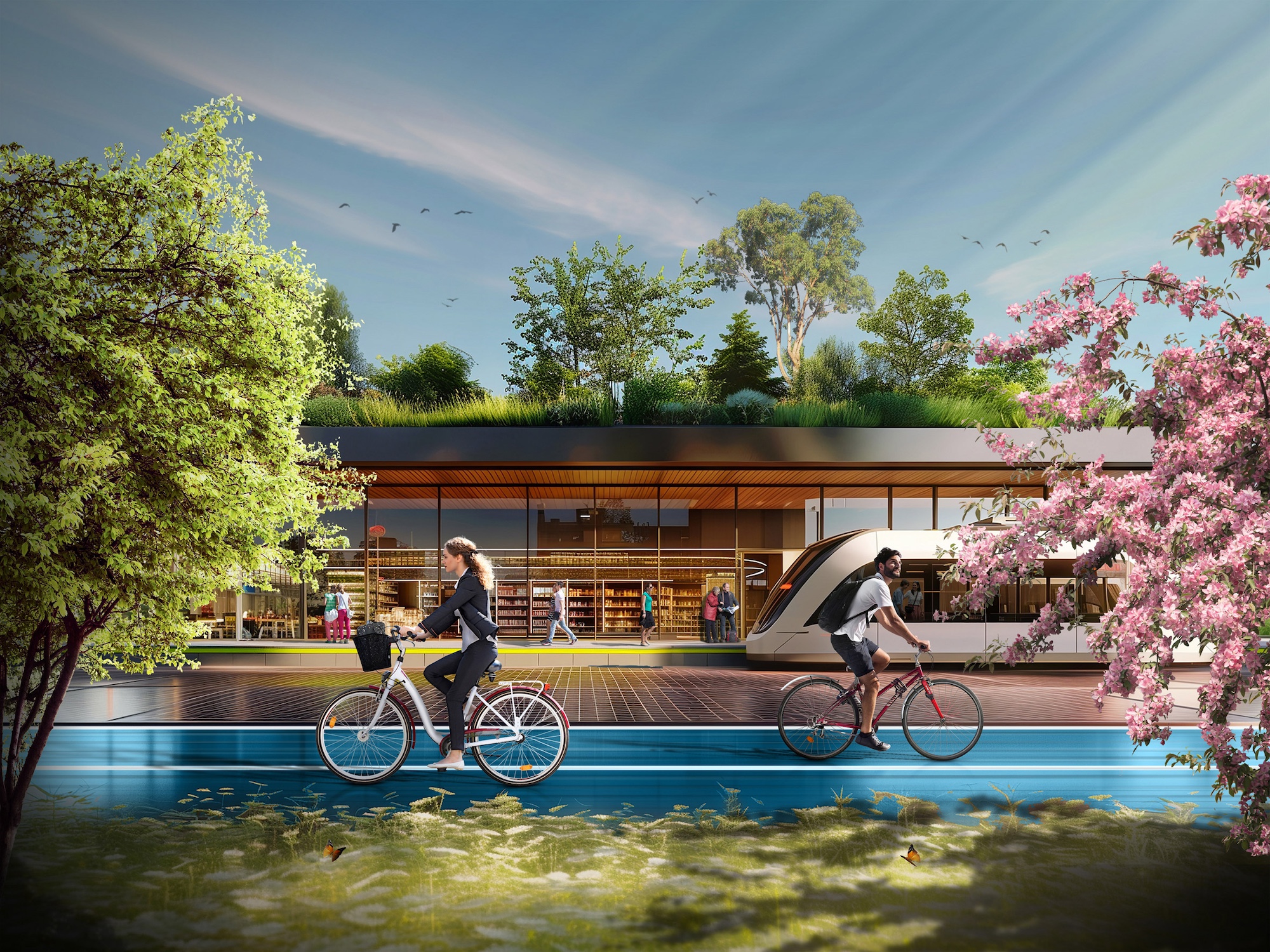
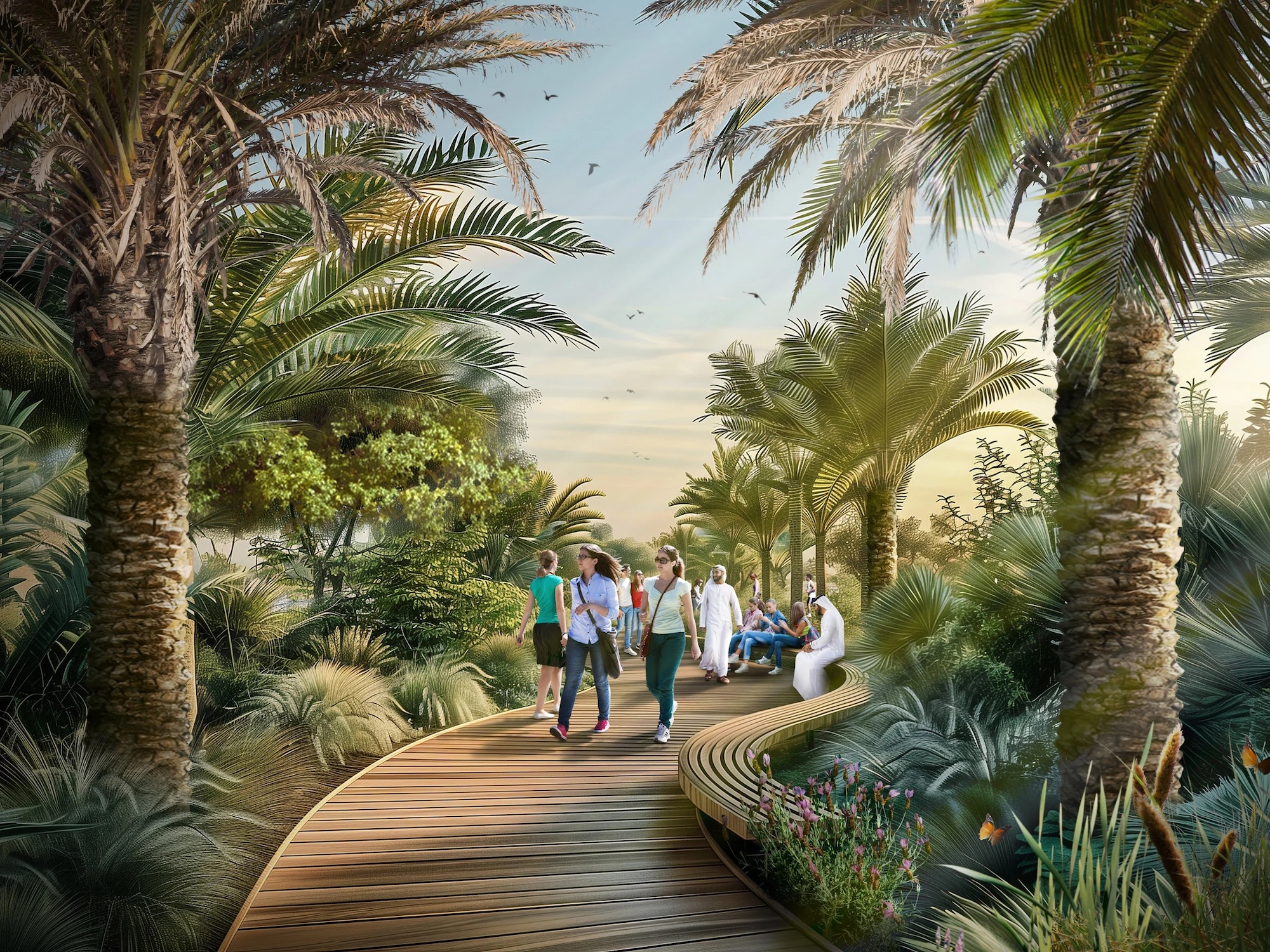
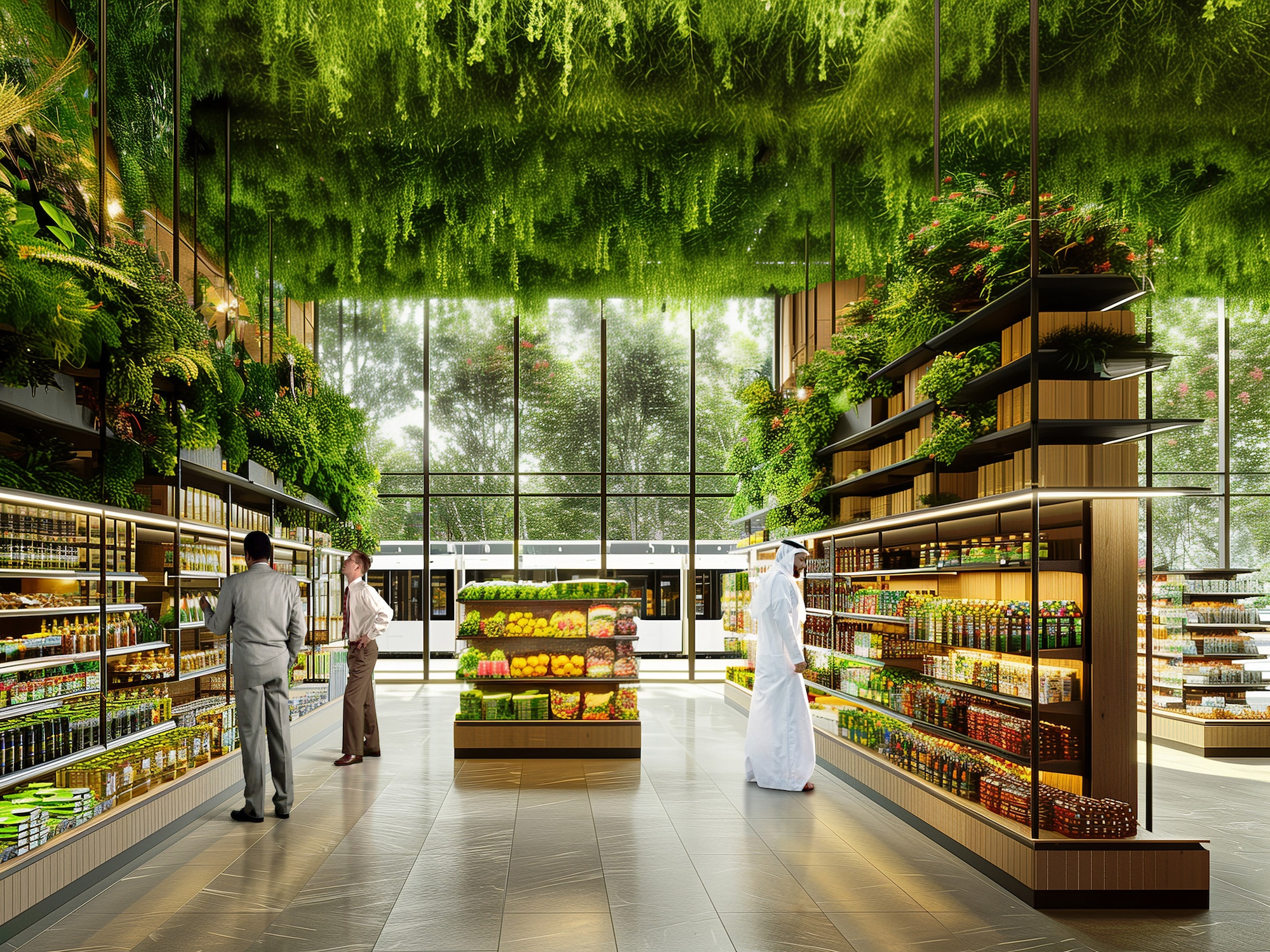
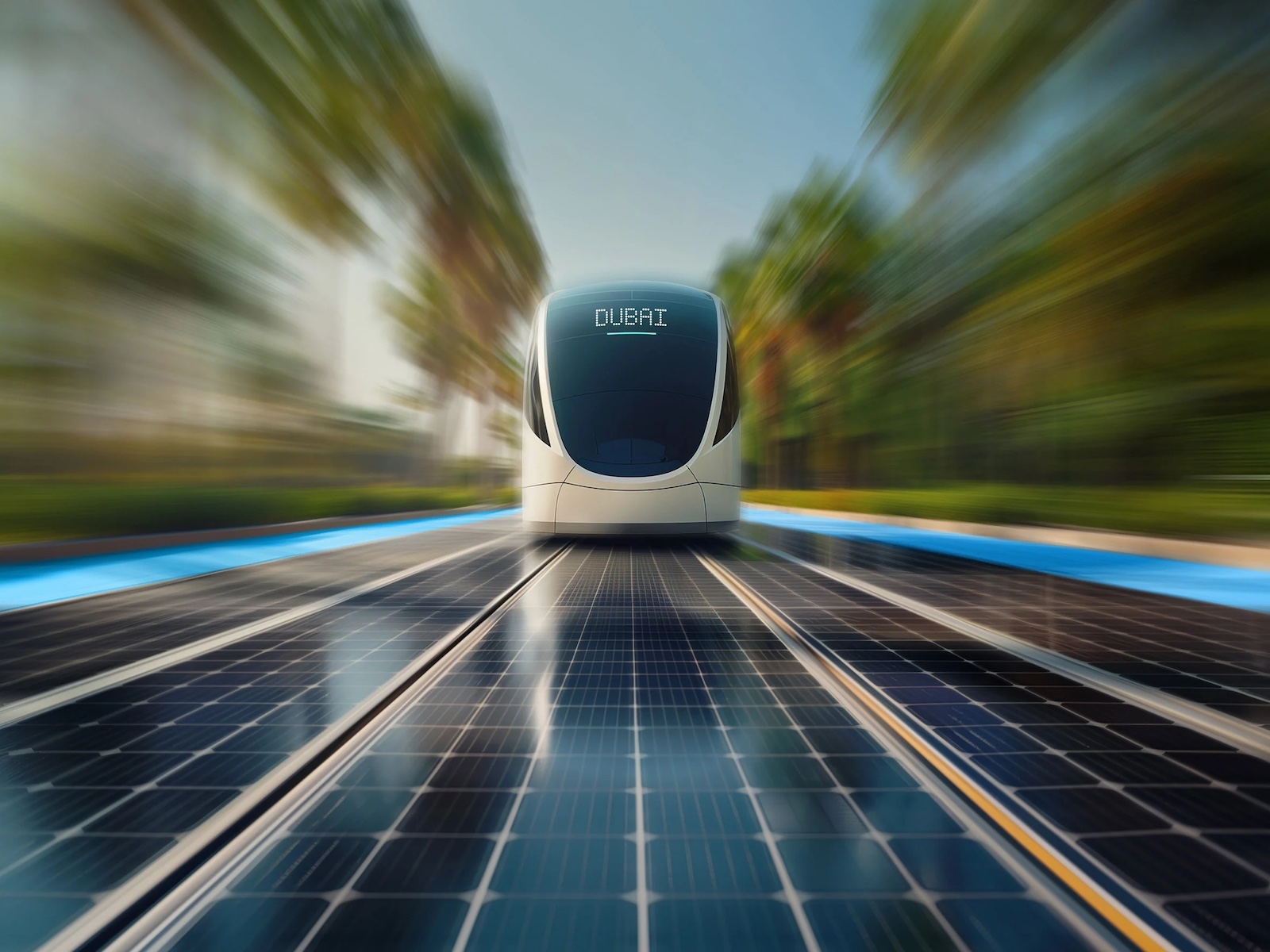
The aim, naturally, is to tackle air pollution and also help cool the often sweltering city with more greenery. I’m curious how many people the city will be able to get out of their cars and using the tram system, not to mention the pedestrian walkways. The UAE is heavily auto dependent at the moment. “The Dubai Green Spine isn’t just about transit; it’s about transforming urban functionality, making the city more livable and human-centric,” says Urb CEO Baharash Bagherian. It’s a noble aim, but it’s a big task — perhaps the biggest the city could attempt in this space.
“It challenges conventional infrastructure norms, proving that our streets can do more than facilitate car traffic; they can significantly enhance quality of life. This project exemplifies the profound impact thoughtful, integrated urban planning can have on a city’s health and vibrancy.” Let’s hope it can achieve its aims.
The aforementioned High Line in NYC is a former rail line that was transformed into an elevate public park. Can Dubai recreate that? We’ll see. At the moment, we don’t know when this is supposed to come about, but it is part of Dubai’s 2040 Urban Master Plan. This city plan has a broad and big goal — making Dubai a “20-minute city,” one in which residents can go where they want to go with just a 20-minute walk from their home. The Dubai Green Spine will also include sports facilities and playgrounds, becoming a destination itself.
“Adopting a more human-centric approach means prioritizing people and green spaces over cars,” noted Bagherian. Indeed. But is it possible in car-centric Dubai? Bagherian believes so. “The Dubai Green Spine is at the forefront of this shift, transforming Urban spaces into vibrant, healthy environments that serve as the city’s lungs and arteries.” In addition, Urb’s “The Loop” is something similar that is supposed to connect to and enhance the Green Spine. “The Loop aims to make Dubai the most connected city on earth by foot or bike,” Bagherian added.
Have a tip for CleanTechnica? Want to advertise? Want to suggest a guest for our CleanTech Talk podcast? Contact us here.
Latest CleanTechnica.TV Videos
CleanTechnica uses affiliate links. See our policy here.
CleanTechnica’s Comment Policy


